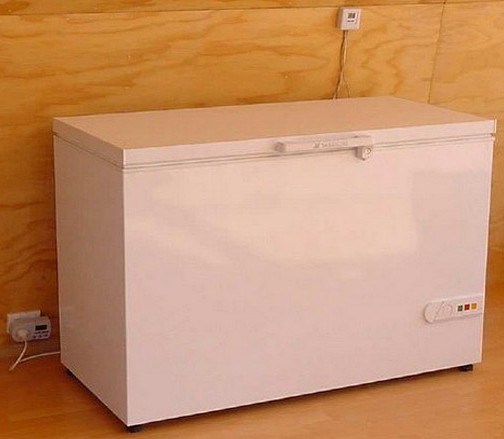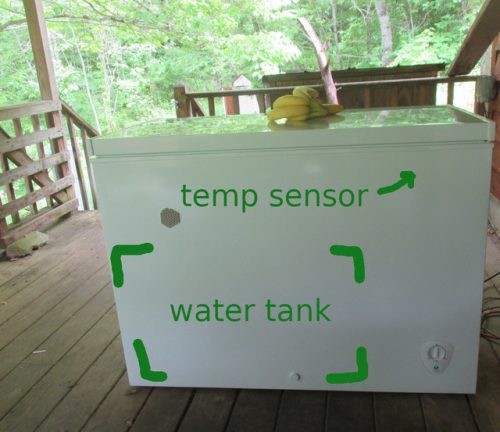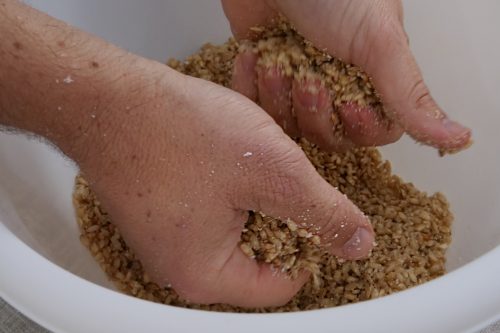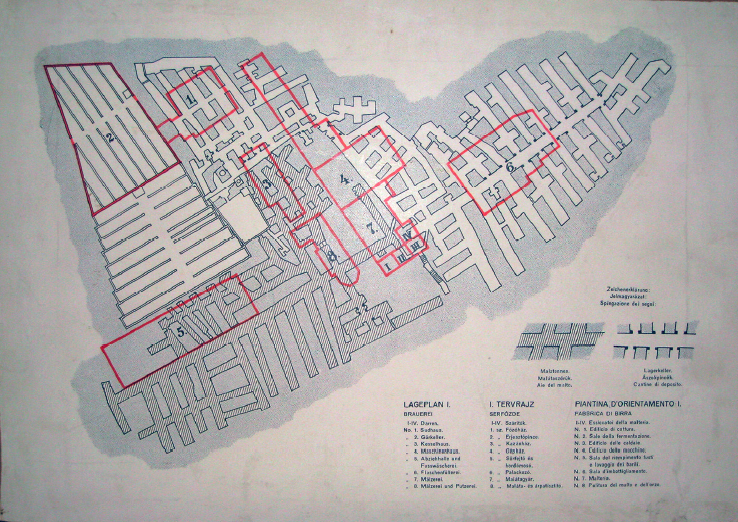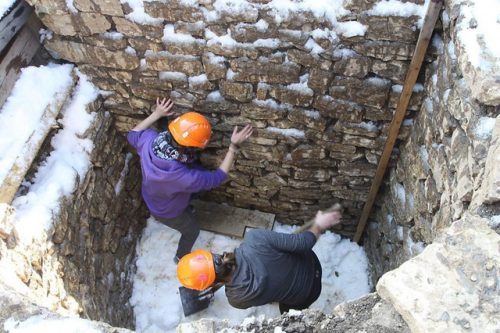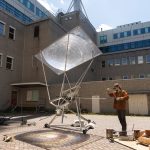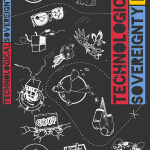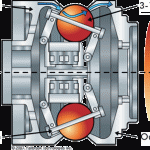“Using vertical doors in refrigeration devices is an act against the Nature of Cold Air. Understanding and cooperating with Nature rather than acting against it leads to much better efficiency. My chest fridge (Vestfrost freezer turned into a fridge) consumes about 0.1 kWh a day. This fridge is 10 to 20 times more energy efficient than typical household fridges on the market today.”
“It works only about 2 minutes per hour. At all other times it is perfectly quiet and consumes no power whatsoever. It is obvious that a truly energy efficient fridge does not cost any more money than a mediocre one. It actually costs less. It also has amazing food-preserving performance because temperature fluctuations in its interior are naturally minimized.”
Image: Dr. Tom J. Chalko.
“Comparing the daily energy consumption of various refrigeration devices available on the market reveals that well-designed chest freezers consume less electricity per day than refrigerators of comparable volume, even though freezers maintain much larger interior-exterior temperature difference (their interiors are much cooler). While chest freezers typically have better thermal insulation and larger evaporators than fridges, there is another important reason for their efficiency.”
“Vertical doors in refrigeration devices are inherently inefficient. As soon as we open a vertical fridge door – the cold air escapes, simply because it is heavier than the warmer air in the room. When we open a chest freezer – the cool air stays inside, just because it’s heavy. Any leak or wear in a vertical door seal (no seal is perfect) causes significant loss of refrigerator efficiency. In contrast, even if we leave the chest freezer door wide open, the heavy cool air will still remain inside.”
“The chest-style refrigerator is surprisingly practical and convenient to use. The most frequently used items are placed in top baskets and are very visible and very easily accessible. Baskets slide on top edges of fridge walls so that quick access to deeper sections of the fridge interior is possible without removing any basket.”
Read more and find the manual at Dr. Tom J. Chalko’s website. Thanks to Pablo M.
